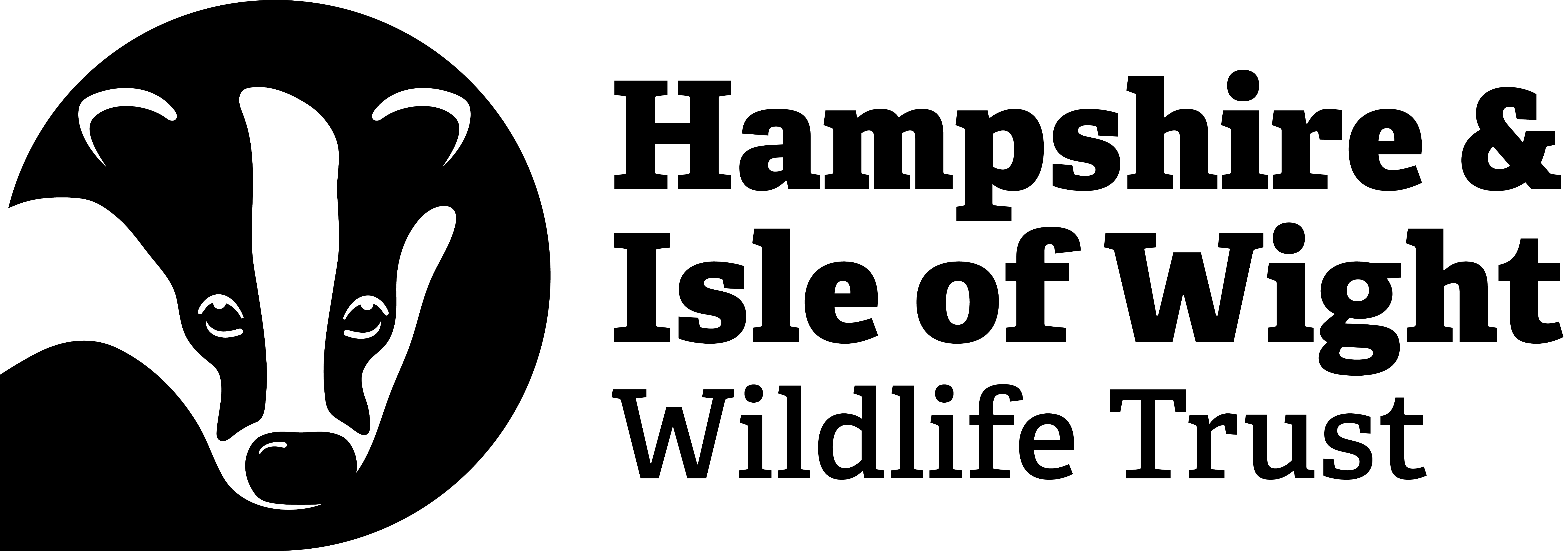Search
Search
The Great British Snake Off
Snakes are often thought of as exotic creatures to be admired (or avoided) on holidays in hotter countries, but Britain is home to three native species of snake.
Thank you events
England's mountains green [and] pleasant pastures seen
Trainee Ecologist Olivia Henderson takes us on an exploration of Hampshire’s two remarkable habitats: chalk grasslands and chalk streams. Guided by her passion for botany, Olivia delves into these…
Lowland meadow and pasture
Generally found as part of lowland farms or nature reserves, these small, flower-rich fields are at their best in midsummer when the plethora of flowers and insects is a delight. Tiny reminders of…
The roding ritual which reveals the woodcock’s mating flight
As we enter spring, many of our resident birds remain quiet and hidden, but there’s one fascinating species that becomes easier to spot.
Wood pasture - what's it all about?
Wood pasture is a particularly interesting habitat type. It is one of my favourites and one that we deal with a little bit in the Solent reserves so I thought that I would write a little bit about…
Purple moor-grass and rush pasture
This distinctive type of damp pasture is generally found on commons, as a component of lowland fen, or in undeveloped corners of otherwise intensively farmed landscapes.
Event Monitoring
American mink
Escaped or intentionally freed from fur farms in the 1960s, the American mink is now well established in the UK. Its carnivorous nature is a threat to our native water vole and seabird populations…
Upland acid grassland and rush pasture
These grasslands, occupying much of the UK's heavily-grazed upland landscape, are of greater cultural than wildlife interest, but remain a habitat to some scarce and declining species.
Plaice
Plaice is a common sight all around our coasts - if you can spot it! They are extremely well camouflaged against the seabed and can even change colour to better match their surroundings.
